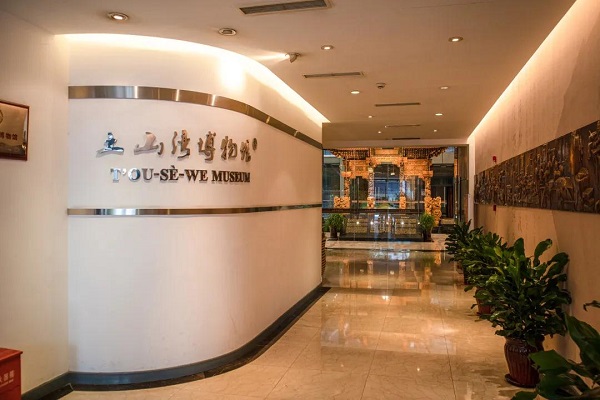Shedding light on 110 years of civilization
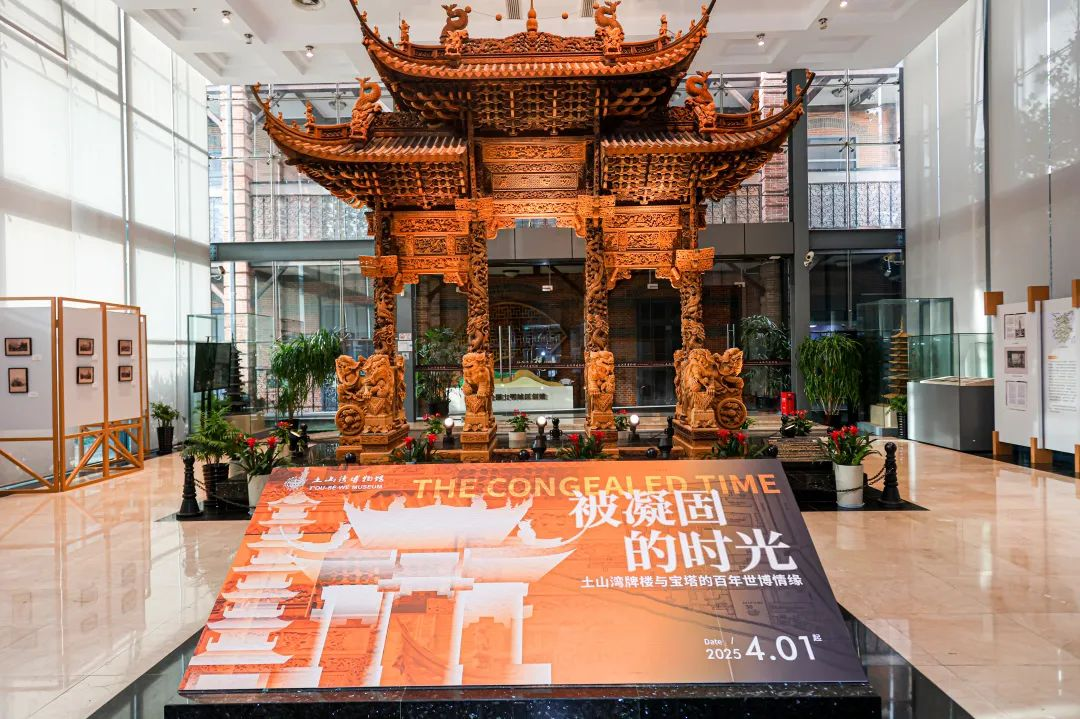
The ongoing exhibition at the T'ou-Sè-We Museum, The Concealed Time: The Centennial Expo Journey of Tushanwan Archway and Pagodas, invites visitors to journey through 110 years of history and experience civilization as it once was.
In 1913, under the supervision of Bavarian-born Brother Aloysius Beck (1854-1931) about 300 orphans from the Tushanwan Orphanage in Shanghai spent over a year crafting nearly 100 pagodas, a large archway, and numerous artworks.
These creations were later showcased from Feb 20 to Dec 4, 1915, at the Panama Pacific International Exposition in San Francisco, the United States, creating a uniquely captivating glimpse at Eastern culture.
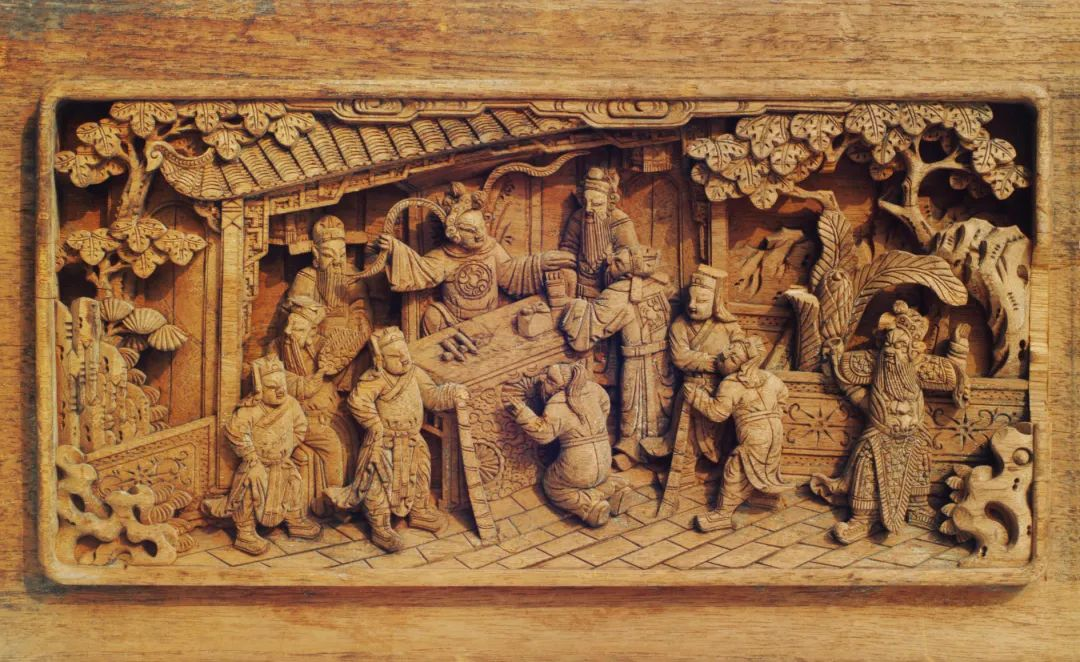
Standing 5.8 meters tall and 5.2 meters wide, the archway features a four-pillar, three-bay pagoda style with a hipped roof and intricate craftsmanship. The base consists of 10 lion-shaped drum stones, each with a distinct expression. The columns display coiled dragons, and the beams are carved with scenes from the literary classic Romance of the Three Kingdoms by 14th-century Chinese writer Luo Guanzhong.
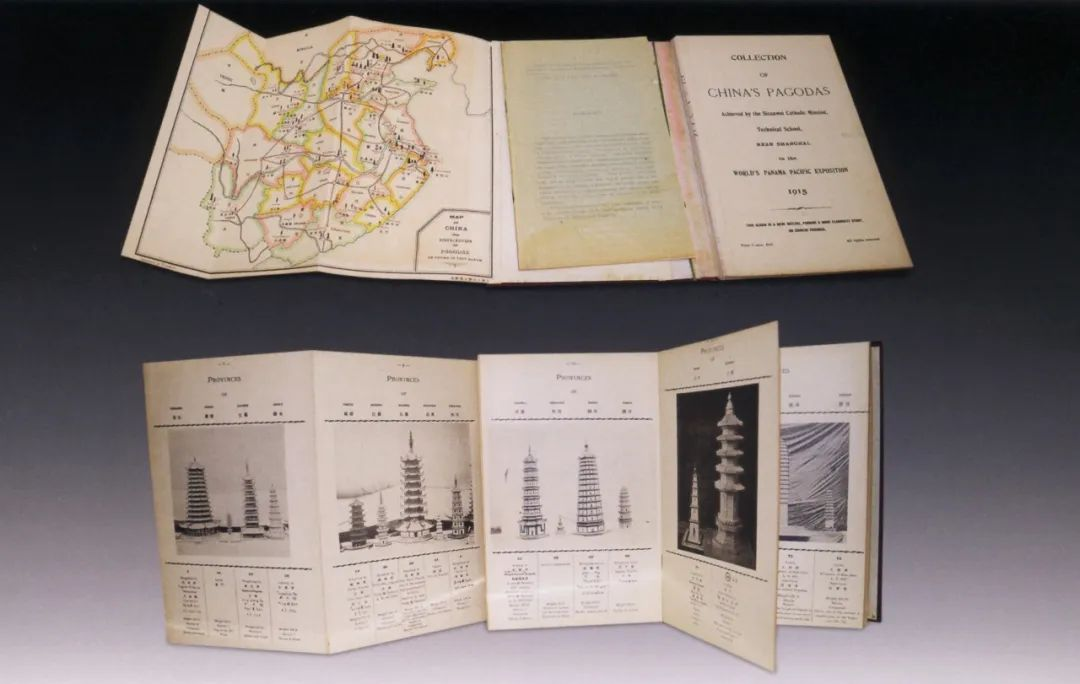
The Tushanwan Hundred Pagodas Album of the 1915 Panama Pacific International Exposition featured over 80 miniature pagodas. These models are precise reproductions of original pagodas from various regions, showcasing distinct regional and era characteristics.
While some original pagodas have been lost over time, these models preserve their historical appearance, serving as a unique architectural archive. This exhibition marks the first display of the album and photos of Aloysius Beck with the pagodas from T'ou-Sè-We Museum's collection.
The German mentor fascinated by Chinese culture
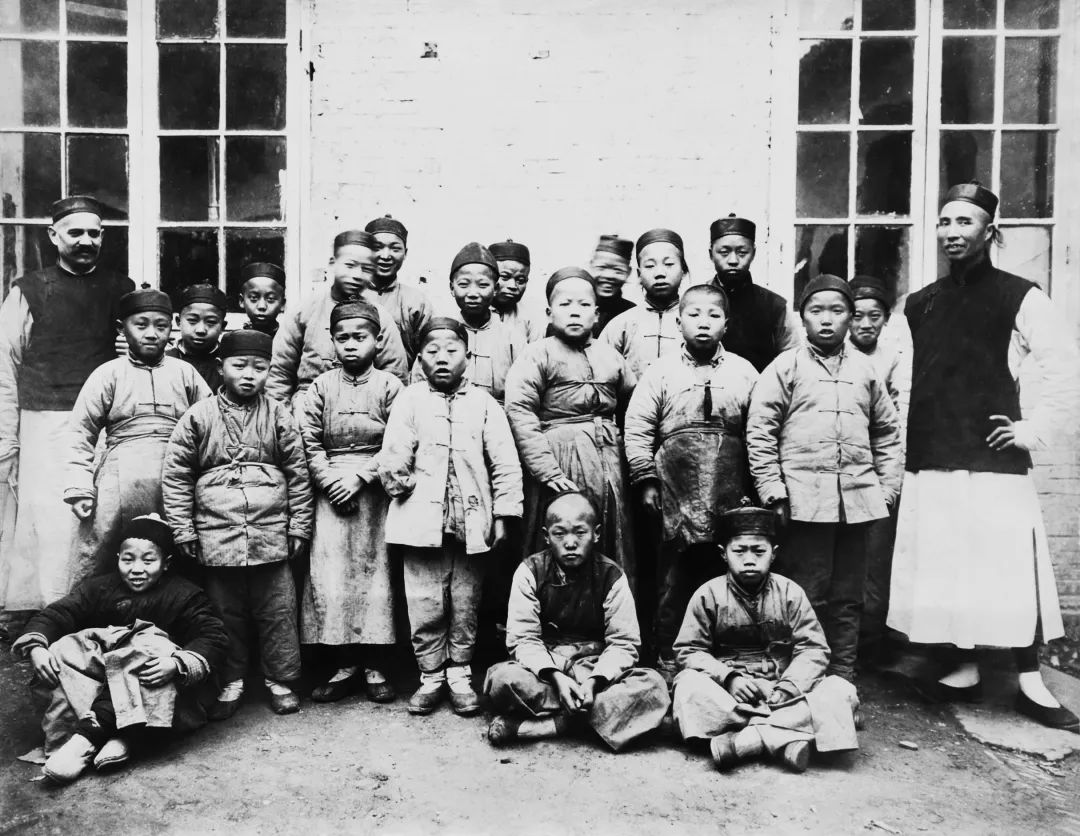
This German mentor was exceptionally skilled: he painted, knew photography, enjoyed collecting, was proficient in music, and excelled in architecture and wood carving.
He had a great interest in Chinese culture, particularly Zhuge Liang, the brilliant statesman and military strategist of the Three Kingdoms period (220-280).
His artworks blended traditional Chinese culture with Western craftsmanship for a distinctive artistic style. Under his guidance, a Chinese-style building designed for King Leopold II of Belgium became a famous attraction in Brussels.
A century of cultural exchange through twin artifacts
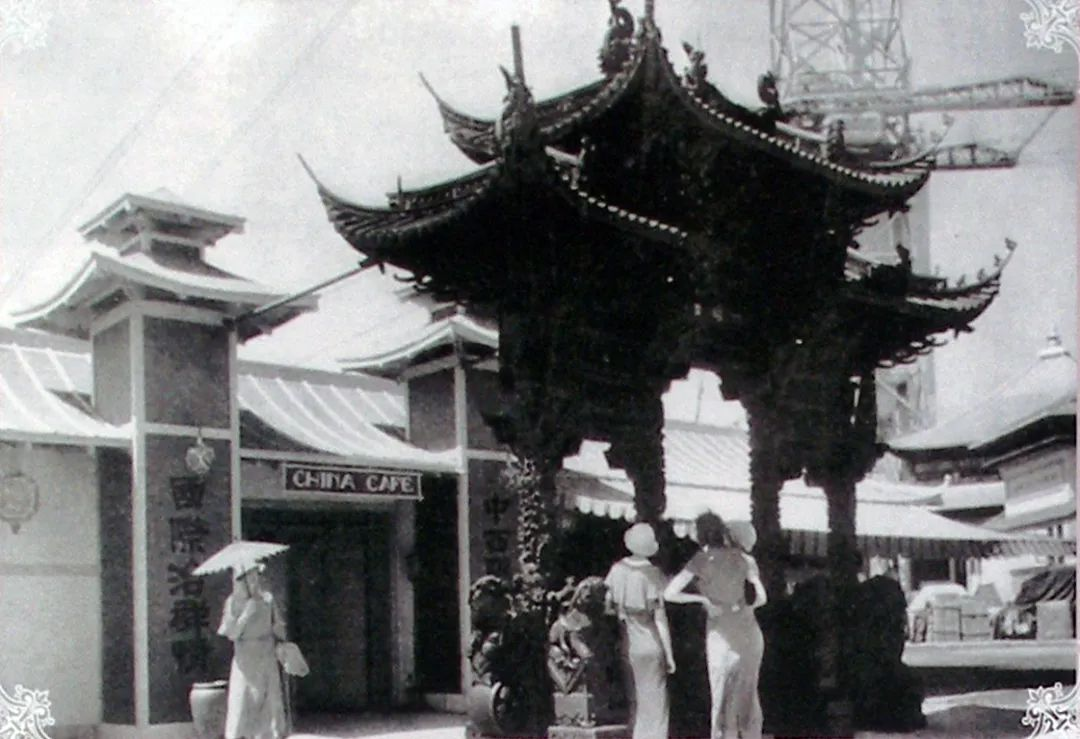
After the 1915 exposition, the archway and pagoda models were purchased by the Field Museum in Chicago. They were then loaned to the 1933 A Century of Progress International Exposition and the 1939 New York World's Fair.
After a long journey, the archway returned to its birthplace, Tushanwan, in June 2009. During the 2010 Shanghai World Expo, the restored archway was unveiled at the T'ou-Sè-We Museum, attracting global attention. On Jan 1, 2023, it was transformed into the "Gate of Light" in the newly opened Zikawei Library, becoming a unique visual symbol.
Eastern pagodas through the eyes of western artists
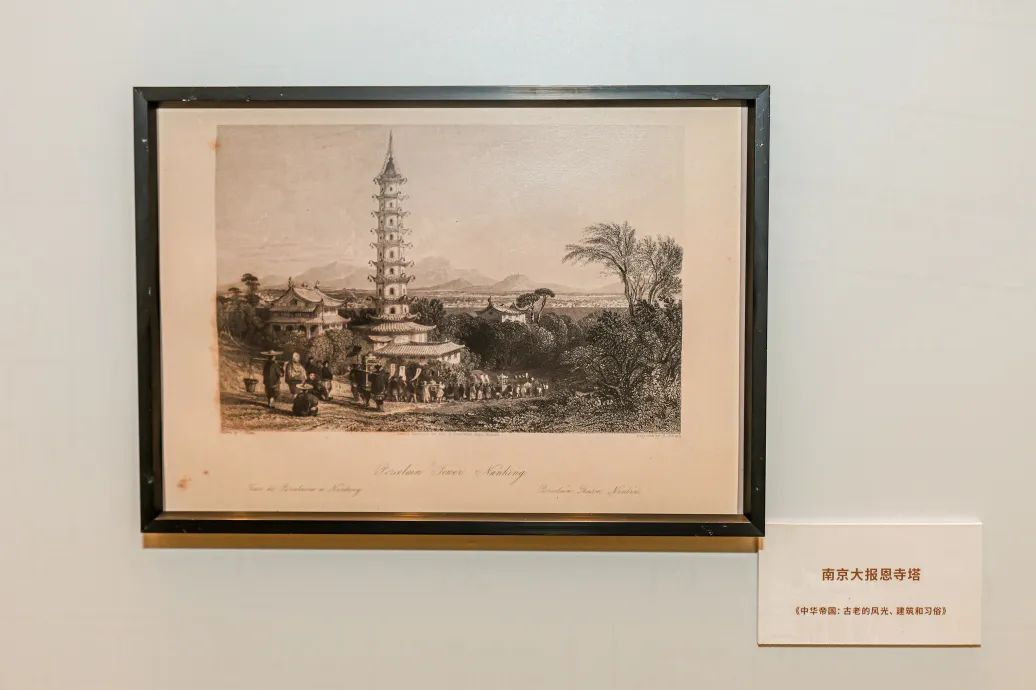
Thomas Allom (1804-1872), an English architect, artist, and topographical illustrator, never visited China but created popular steel engravings for China: In a Series of Views, Displaying the Scenery, Architecture and Social Habits, of that Ancient Empire.
The Shanghai Library provided exhibits and historical photos, offering a glimpse into the pavilions, gardens, and pagodas as depicted by Western artists.
If you go
The Concealed Time: The Centennial Expo Journey of Tushanwan Archway and Pagodas
Open: Starting April 1 (Closed on Mondays, except holidays)
Venue: T'ou-Sè-We Museum
Location: No 55 Puhuitang Road, Xuhui district
Open: Tuesday to Sunday, 9 am – 4:30 pm (Last entry at 4 pm)
Source: Xuhui district government
